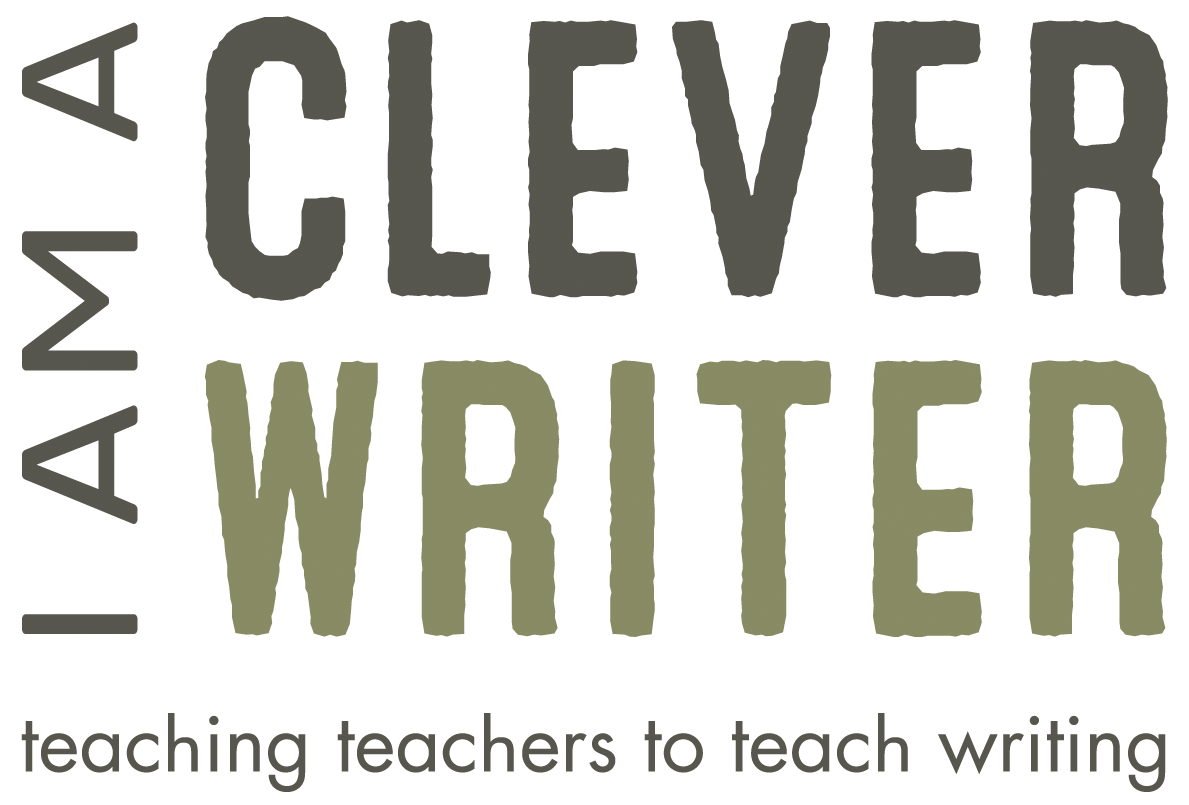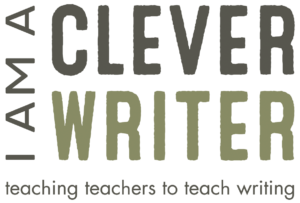The story is told from the perspective of a friendly flea named Vlad and his rat best friend named Boxton. The story begins with the duo finding a warm place to sleep – the bakery on Pudding Lane. It shows how the fire is believed to have started and how it spreads. It depicts what Londoners did to try to escape as well as how they attempted to fight the fire. The brave pair even meet Samuel Pepys on their way to safety. My year 2 class absolutely loved this story and after reviewing A LOT of picture books based on the Great Fire of London, this is the one I would recommend as the story is straightforward and accessible without scrimping on historical details.
This story is aimed at KS1 children, but could also be used in lower KS2. As with all texts, the book is a great hook and stimulus, but it’s the quality of the WAGOLL you produce that enables you to pitch it at different year groups and incorporate the relevant skills.
In terms of writing opportunities, there are many including:
RetellI love a retell as it reduces cognitive overload by allowing children to concentrate on applying their skills rather than trying to juggle skills alongside the composition of a story. It’s also a fave because it allows children to incorporate so many skills.
– Teachable/applicable skills – sentence types and conjunctions, vocabulary development, expanded noun phrases, fronted adverbials/variety of openers, show don’t tell, speech, punctuation e.g. ? ! commas in a list, apostrophes for contractions and apostrophes for possession, paragraphing, developing and describing characters and settings.
Diary entry
From the perspective of Vlad.
– Teachable/applicable skills – paragraphing, *cohesion, sentence types, fronted adverbials/openers, using subordinating conjunctions as openers, emotive language, show don’t tell, apostrophes for possession, rhetorical questions.
*I love diary entry because it provides lots of opportunities to teach and apply sequencing openers in KS1 and fronted adverbials to sequence time helping to link ideas across and within sentences and paragraphs in KS2.
Nonfiction report
With a focus on the Great Fire of London e.g. How it began and spread, How they tried to extinguish the fire, and the changes that were made as a result of the fire. The book gives a fact file about the fire as a starter that can be built upon with some further research guided by the teacher.
– Teachable/applicable skills – paragraphing, cohesion, sentence types and conjunctions, structuring non-fiction texts (subheadings, bullet points), relevant openers.
Setting
Describing the scene of the fire. This could be from the perspective of Vlad or perhaps they could describe it as if they were Samuel Pepys.
– Teachable/applicable skills – developing and describing settings, sentence types and conjunctions, fronted adverbials, prepositions, vocabulary (powerful verbs, adjectives, adverbs), figurative language (similes, metaphors, personification), expanded noun phrases with modifiers.
Poetry
We went on to write shape poems about fire. With lots of scaffolding and modelling the children were able to write their own short poems which we wrote onto different coloured flames and compiled to create a class shape poem for display. We learned about poetic devices such as onomatopoeia and the more able pupils were able to add alliteration to their poems.
The children could perform their poems at the end of the week in order to simultaneously tick off the writing objective of reading their work aloud and the reading objective of preparing poems to perform.
– Teachable/applicable skills – vocabulary, figurative language, expanded noun phrases (with modifiers in KS2), speaking and listening.
If you’ve used this book as a stimulus for writing opportunities I’d love to hear about your experiences and how you’ve made it work for you!

